Retail management shapes how you experience shopping in every store and online platform. In 2025, the retail industry employs over 15 million people and covers diverse segments. You see retail everywhere, from food stores to electronics shops.
Retail sales reached $1.88 trillion in late 2024, with ecommerce rising fast. Retail management helps you adapt to trends like digital marketing, new payment methods, and changing consumer habits. Your ability to understand retail management guides successful adaptation to trends that define the future of retail.
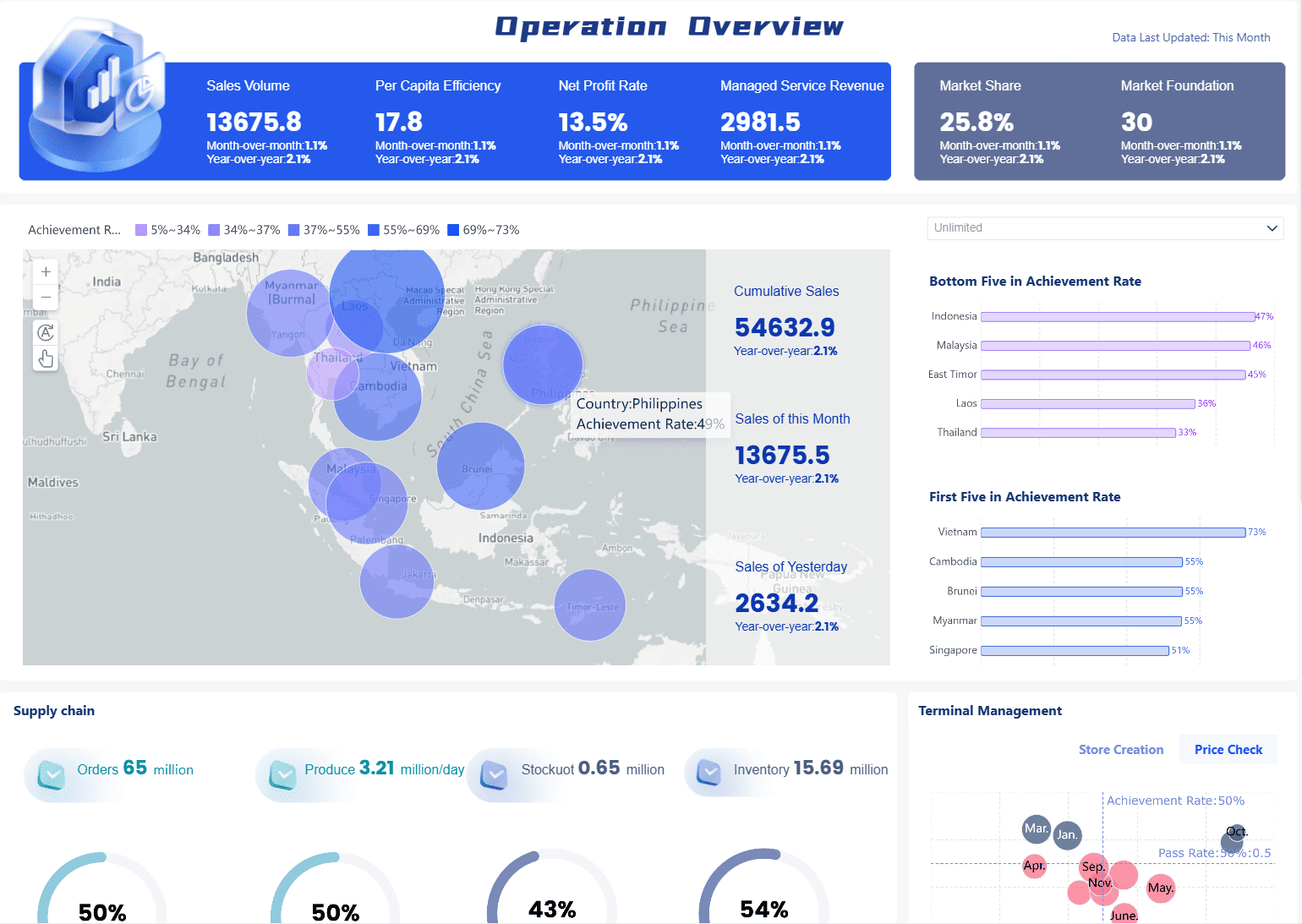
You play a key role in the world of retail every time you shop or work in a store. Retail management means overseeing and controlling all activities that keep a retail business running smoothly. You handle inventory, sales, customer service, marketing, and staff management. Retail management is both a strategic and operational discipline. You do more than just sell products. You plan, price, merchandise, and use technology to make your retail business efficient.
You see retail management in many forms. Store-based retail, online shops, franchises, specialty stores, supermarkets, discount stores, and mobile retailing all use different types of retail management. Each type adapts to consumer needs and new technology. You notice that retail management creates a seamless shopping experience. It helps you find what you want, pay easily, and get good service.
Recent research shows that retail management now relies on data-driven methods. You use big data, analytics, and digital tools to improve how you run your retail business. You see this shift in the way you optimize inventory, fulfill orders, and manage product assortments. Technology like point-of-sale systems, customer relationship management, and e-commerce platforms help you make better decisions and improve efficiency.
Empirical studies show that when you have clear pricing and good consumer education, you make better purchase decisions. Standardized unit pricing and transparent promotions build trust and help you feel empowered. When you use technology-based services like blockchain and IoT in retail, you can increase profits and improve customer service. Numerical experiments show that these services can boost total profit by over 29%. You see that holding costs can reduce profit, so you focus on efficient inventory control and pricing strategies.
You find that retail management covers many key features:
You notice that effective retail management leads to higher customer satisfaction and loyalty. You see that it helps your retail business grow by optimizing inventory, pricing, and marketing.
Note: The book 'Case Studies in Food Retailing and Distribution' gives you real-world examples of how retail management works in practice. You learn about consumer behavior, supply chain management, and strategic marketing through these case studies.
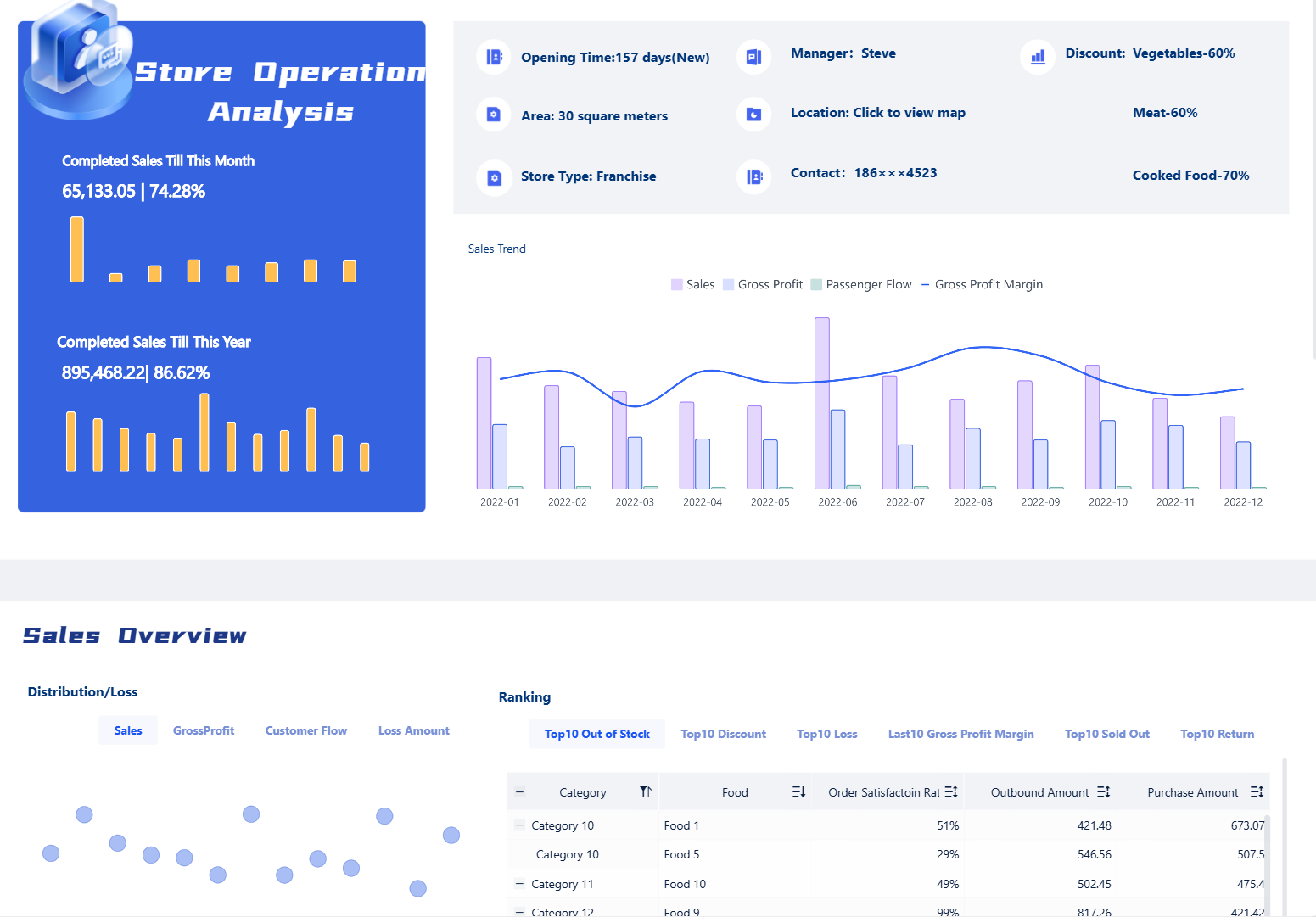
You take on many roles and tasks in retail management. Each one helps your retail business succeed. You see that retail store management involves a wide range of responsibilities. You need to keep your store organized, your staff motivated, and your customers happy.
Here is a table that shows the main topics and activities you encounter in retail management training:
| Lesson No. | Key Topics Covered | Illustrative Case Studies / Activities |
|---|---|---|
| 1 | Retailing basics, retail formats, consumer behavior, retail trends | Case studies on successful retail formats; group discussions on e-commerce impact |
| 2 | Consumer behavior patterns, market segmentation, targeting strategies | Surveys and role-play exercises on customer interaction |
| 3 | Retail strategy formulation, SWOT analysis, competitive analysis | SWOT workshops; strategic planning simulations |
| 4 | Location analysis, site selection factors | Field trips; GIS tool demonstrations |
| 5 | Store layout principles, visual merchandising | Store layout design projects; case studies on store designs |
| 6 | Merchandising, assortment planning, inventory management | Assortment planning simulations; supplier negotiation role-plays |
| 7 | Pricing strategies, psychological pricing, promotions | Case studies on pricing; promotional campaign workshops |
| 8 | Profit margin strategies, Strategic Profit Model | Margin improvement sessions; financial statement analysis |
| 9 | HR management in retail | Recruitment role-plays; employee motivation workshops |
| 10 | Promotions and advertising strategies | Planning and executing retail promotions |
You see that retail management is a dynamic field. You must adapt to new trends, technology, and consumer preferences. You need to keep learning and improving your skills.
Tip: When you focus on clear pricing, transparent promotions, and strong inventory control, you build trust with your customers and improve your retail business performance.
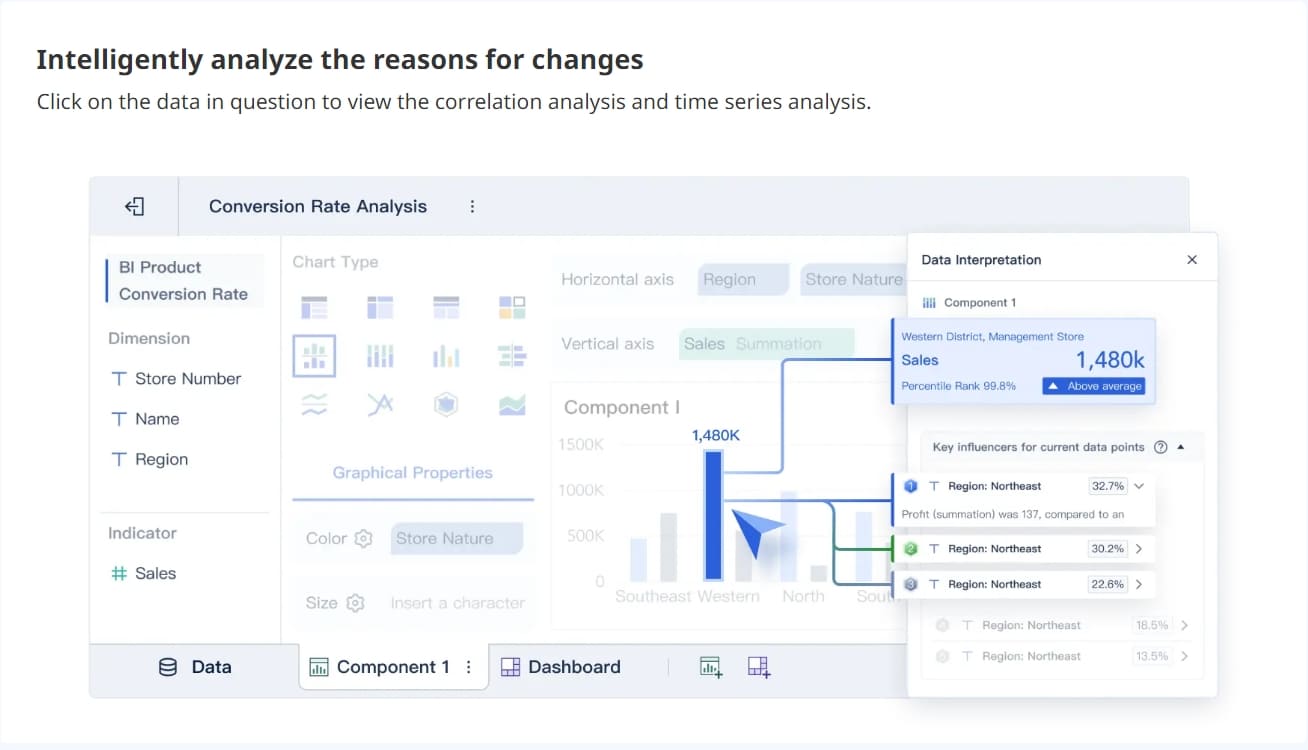
You shape the future of your retail business through effective retail management. When you focus on evidence-based management, you use data to make better decisions every day. This approach helps you handle the complexity of the retail industry and drives retail success. You see the impact in many ways:
You can see the real impact of retail management in the numbers:
| Metric Description | Numerical Impact |
|---|---|
| Sales increase from conversion rate improvements | 10-15% increase |
| Profitability increase from data-driven insights | 6-8% increase |
| Stock availability improvement (Walmart example) | 30% improvement |
| Profit increase from 5% customer satisfaction rise | 25-95% increase |
| Operational efficiency improvement (McKinsey report) | 20% improvement |
| Increase in data accessibility and decision speed | 35% increase |
| Reduction in stockouts via predictive analytics | 30% reduction |
You can use tools like FanRuan and FineBI to collect and analyze data. These platforms help you track sales, monitor inventory, and improve your retail business performance.
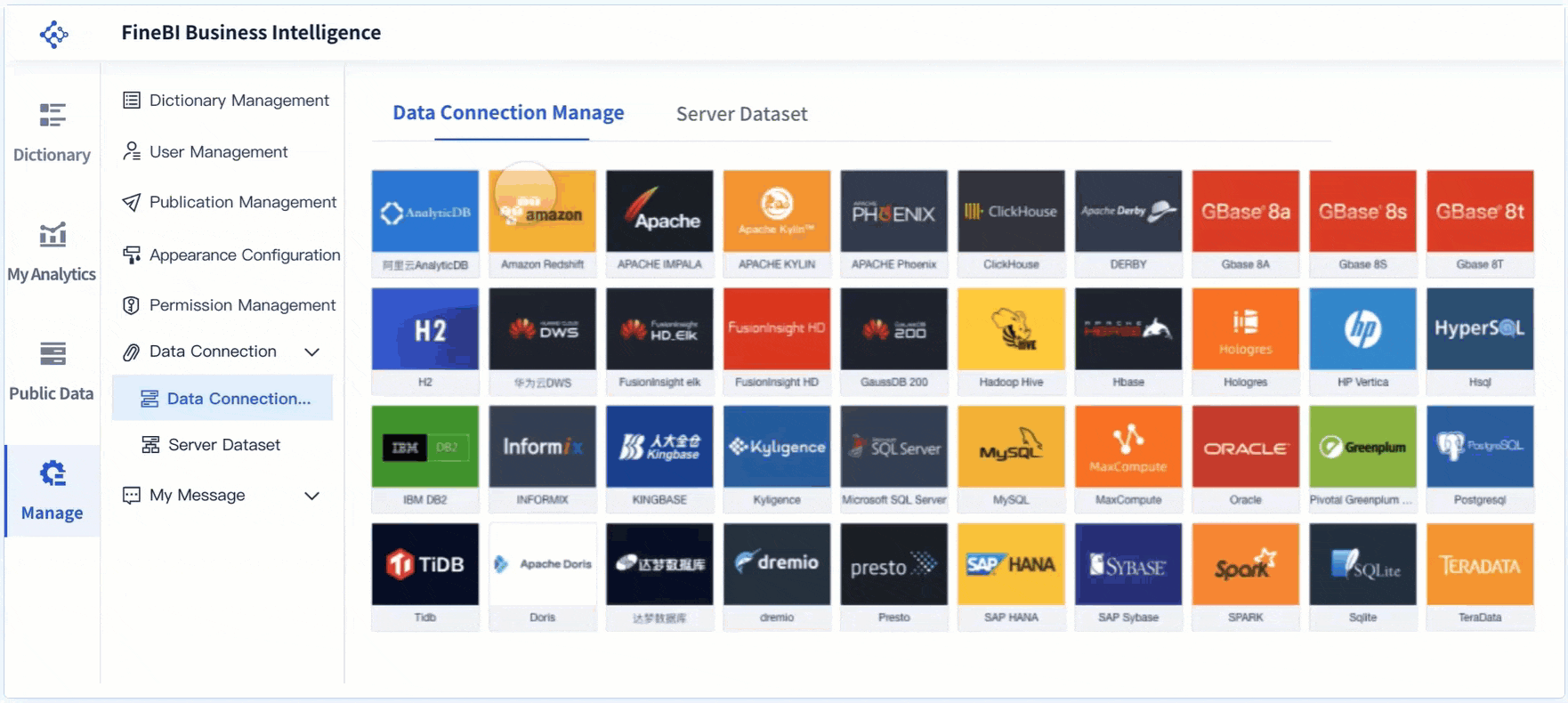
You know that customer experience is at the heart of retail management. When you improve customer service, you make shopping easier and more enjoyable. Many companies have transformed their retail strategies to focus on customer needs. For example:
You can use FineBI to analyze customer data and personalize your service. This helps you understand what your customers want and deliver better experiences.
Tip: When you focus on customer experience, you build trust and encourage repeat visits.
You see that omnichannel retail is changing how you connect with customers. Omnichannel integration means you link your online and offline channels, so customers can shop anywhere, anytime. This strategy depends on strong technology and well-trained staff. When you use integrated systems, you improve process efficiency and make your retail business more competitive.
| Factor | Description | Relationship to Operational Efficiency | Statistical Significance |
|---|---|---|---|
| Operational Efficiency | Key for omnichannel retail | Strong positive relationship | Significant |
| Strategy and Organizational Culture | Channel integration and learning | Positively related to efficiency | Highly significant |
| Channel Inefficiency | Siloed management and logistics challenges | Negatively impacts efficiency | Not always significant |
You can use FanRuan and FineBI to support omnichannel integration. These tools help you manage data from all channels, giving you a full view of your retail operations.
Note: The importance of retail management grows as you adopt new technology and connect with customers across more channels.
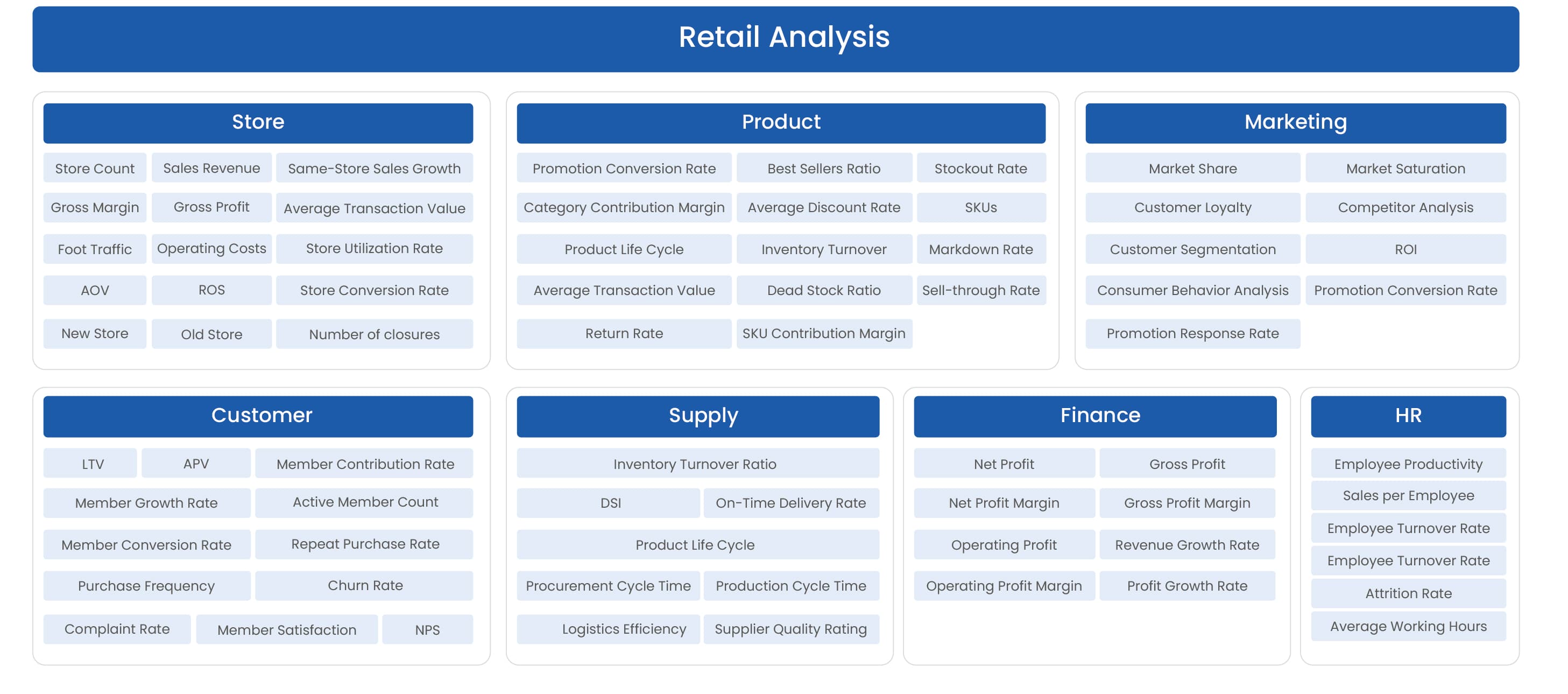
You see technology changing every part of retail management today. You use new tools to connect your stores, track sales, and understand your customers. Technology integration helps you keep up with fast changes in the retail world. You can now manage your retail business with more speed and accuracy than ever before.
You need to bring together data from many sources in retail. You collect information from point-of-sale systems, e-commerce platforms, and supply chains. Centralized data warehousing lets you store all this data in one place. API integrations help your systems talk to each other in real time. Real-time data synchronization keeps your inventory and sales data up to date across all channels. Cloud-based solutions give you the flexibility to scale as your retail business grows. These techniques help you see the full picture and make better decisions in retail management.
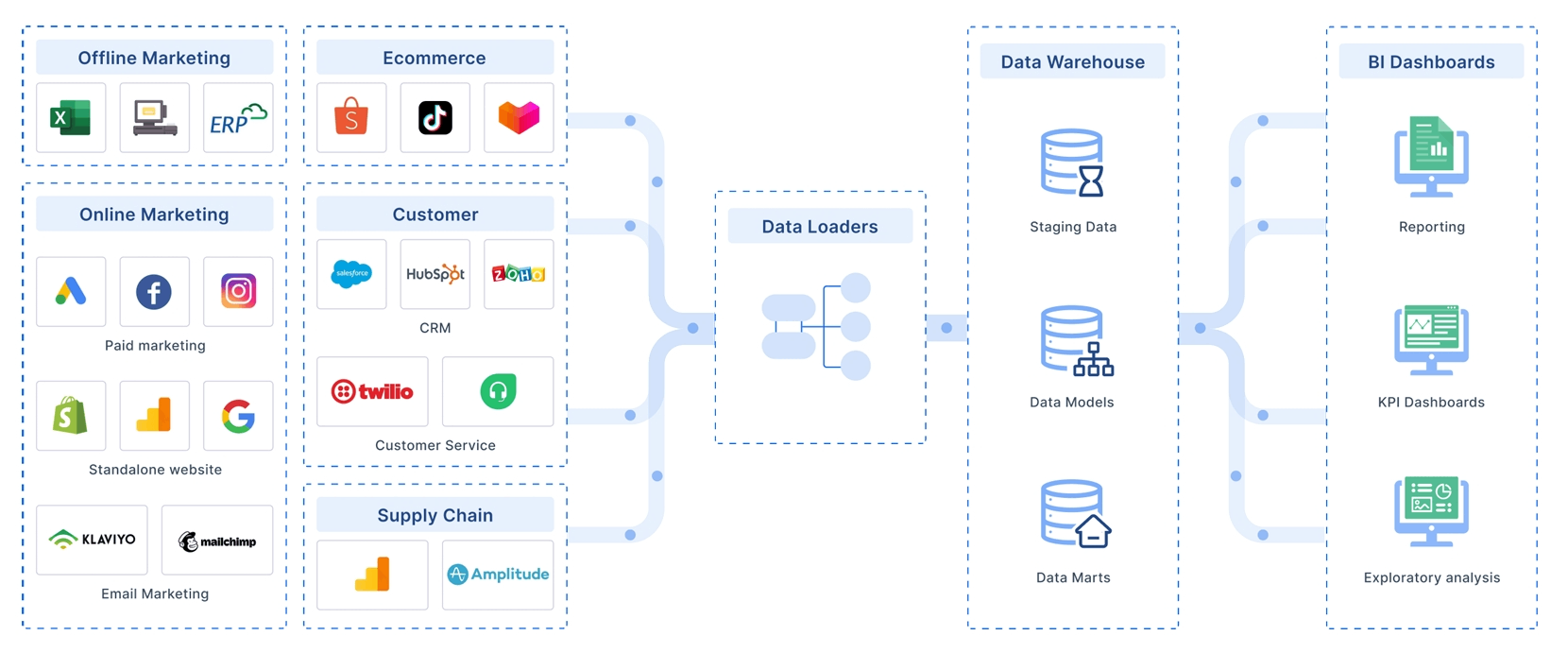
You use analytics to turn your retail data into action. FineBI gives you self-service dashboards and AI-driven insights. You can track trends, measure KPIs, and respond quickly to changes in your retail business.
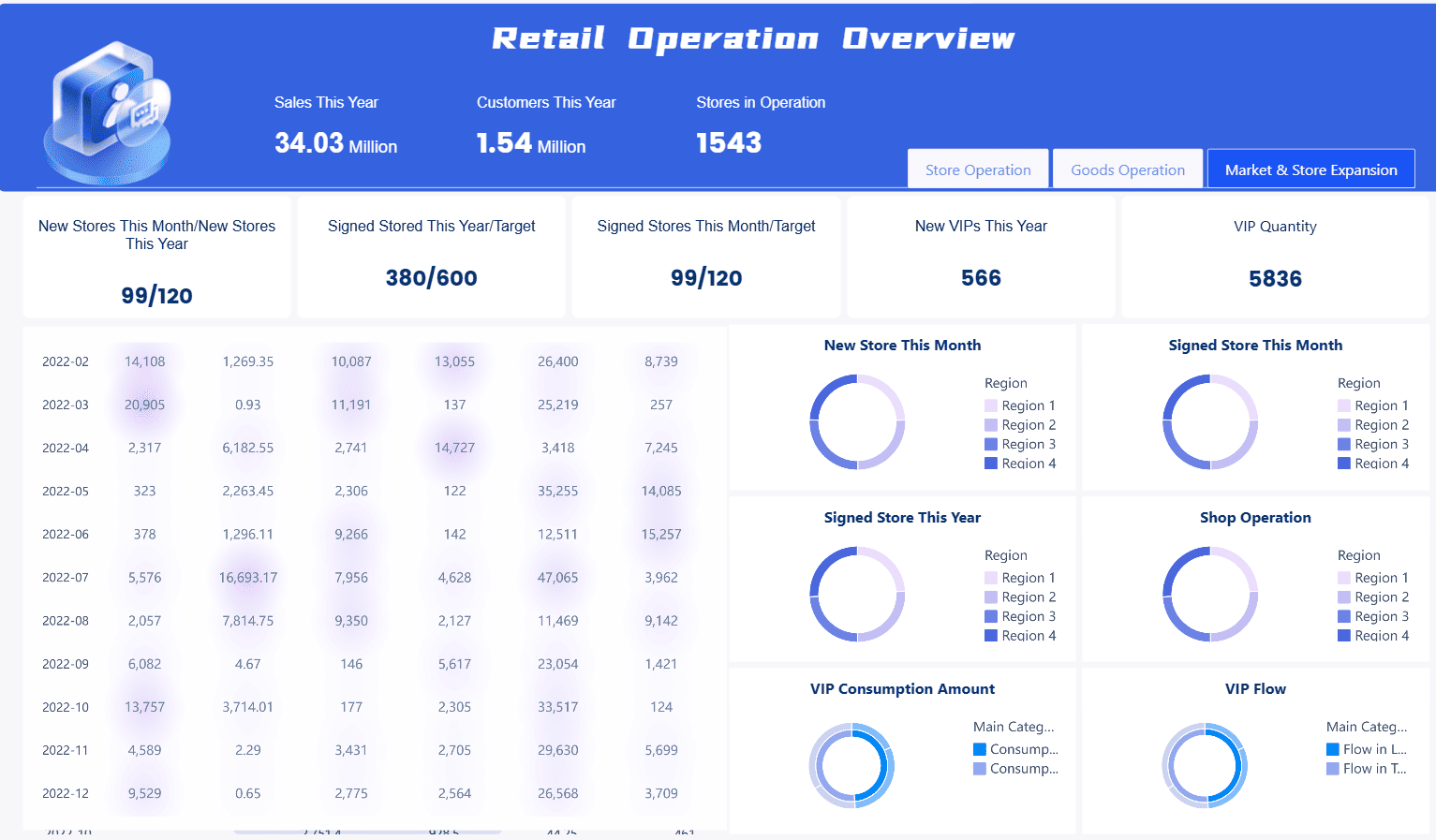
FineBI helps you see your whole retail operation at a glance. You can monitor sales volume, conversion rates, and customer retention. You spot trends and fix problems before they grow.
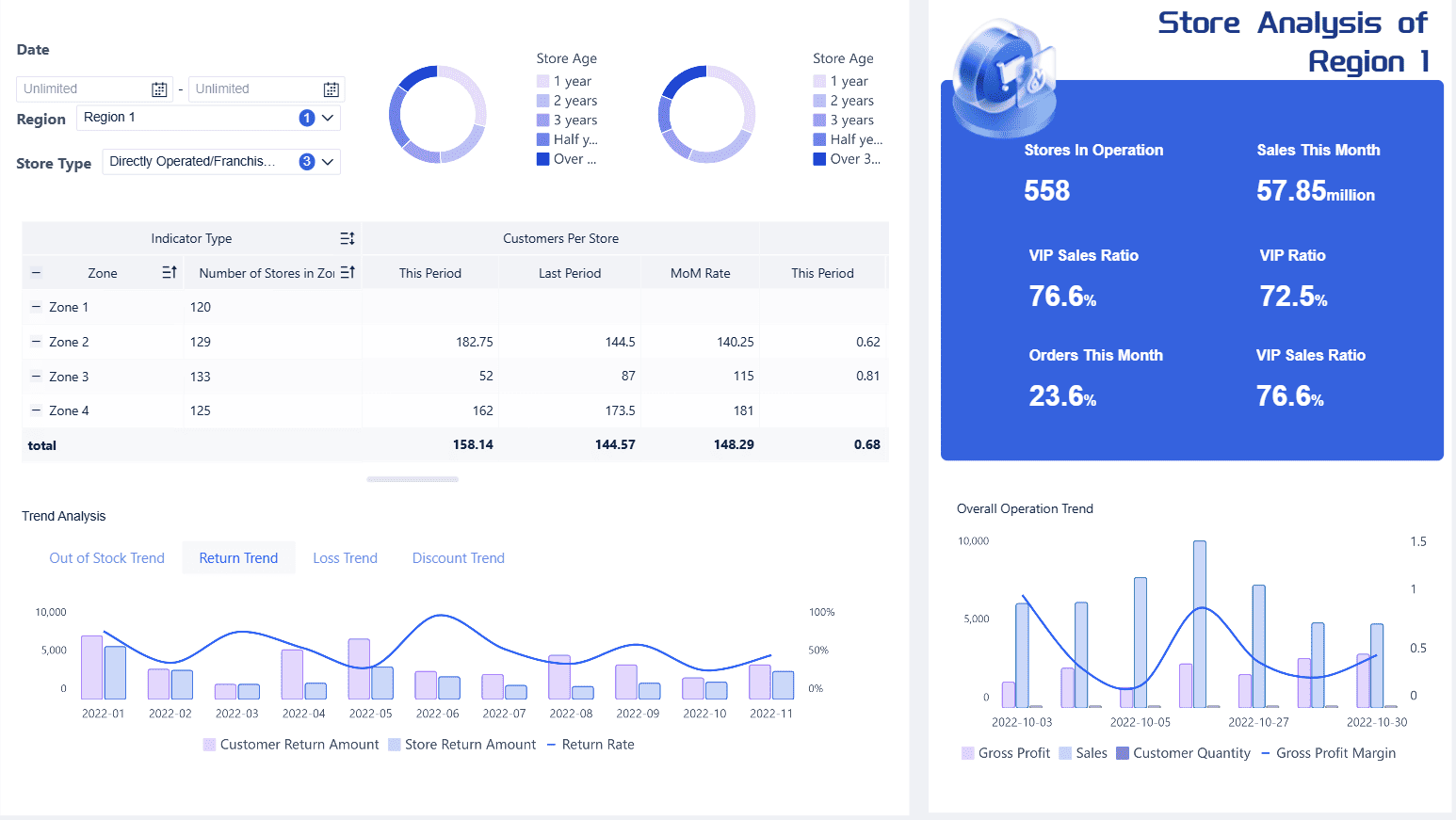
You compare performance across different regions. FineBI lets you see which stores do best and why. You use this information to adjust your retail strategies and improve results everywhere.
You dive deep into sales data for each store. FineBI shows you average order value, product margins, and return rates. You find out what products sell well and which need more attention.
| Evidence Aspect | Description and Metrics |
|---|---|
| Time-to-Insight Reduction | FineBI's zero-code approach reduces time-to-insight by up to 70%, enabling faster decision-making. |
| Scalability | Supports large datasets and over 10,000 users, ensuring it can handle growing business needs. |
| Advanced Analytics Features | Includes AI-driven dashboards, predictive analytics, and interactive visuals. |
Tip: FineBI empowers you to make data-driven decisions in retail management without waiting for IT support.
You need real-time insights to stay ahead in retail. Operational dashboards track daily activities and alert you to issues right away. Analytic dashboards help you spot patterns and plan for the future. Financial dashboards show you revenue and expenses as they happen.
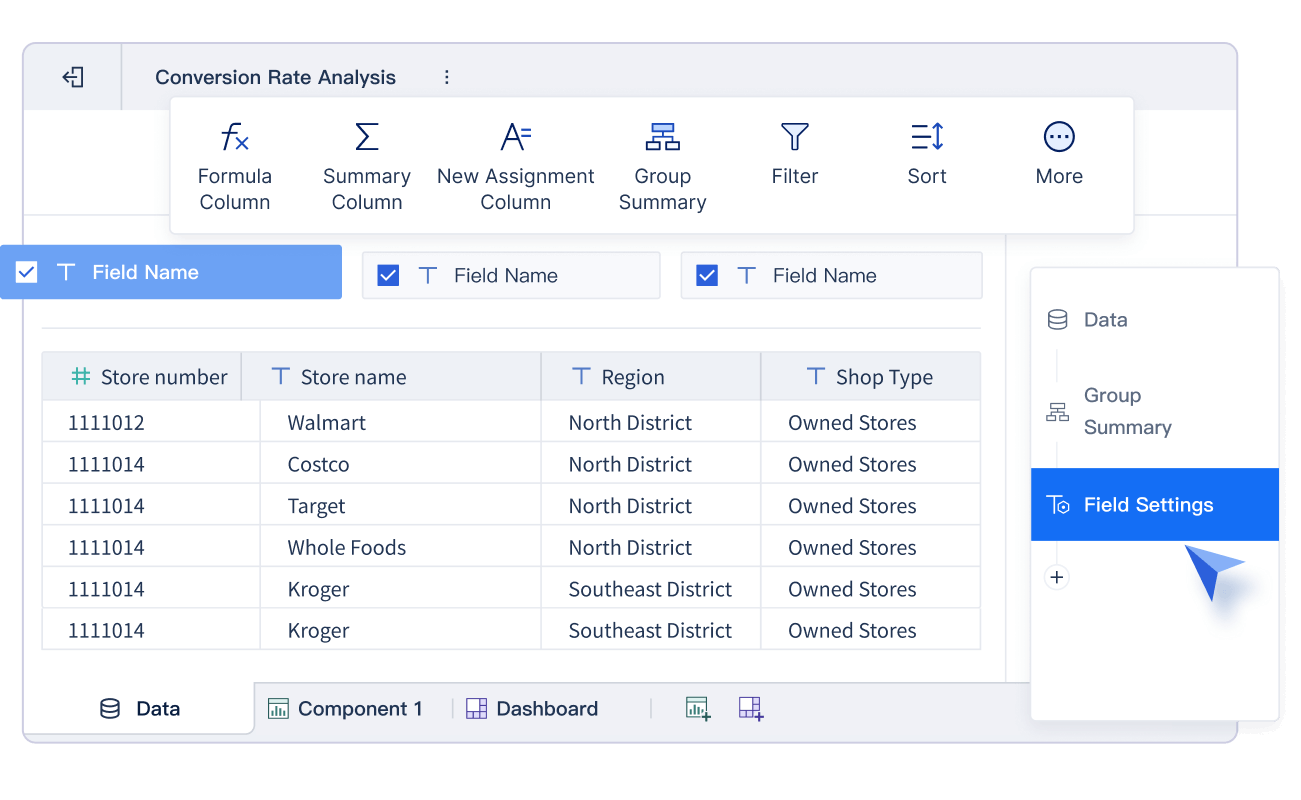
You see that technology in retail management gives you a big advantage. You can act faster, serve customers better, and grow your retail business with confidence.
You will see retail change quickly in 2025. New technology and data shape how you manage stores and online shops. Artificial intelligence and machine learning help you make better decisions and offer personalized shopping. Augmented reality lets customers try products virtually, making shopping more fun and reducing returns. More shoppers use voice search and AI assistants to find products. You will also notice a strong focus on privacy and ethical use of data. Retailers use big data to track sustainability, helping customers make greener choices. The table below shows some important trends and forecasts:
| Trend / Forecast | Impact on Retail in 2025 |
|---|---|
| AI & Machine Learning | Real-time decisions, automation, and hyper-personalization |
| Immersive Shopping (AR/VR) | Virtual try-ons and interactive experiences |
| Predictive Analytics | Better demand forecasting and inventory management |
| Sustainability Tracking | Data-driven monitoring of environmental and social impacts |
| Voice Search & AI Assistants | More shopping done through voice and conversational AI |
| Market Growth | Retail market size projected at $28 trillion by 2028 |
| Ecommerce Sales | 8% growth over last year, with less cash and more digital payments |
You will face new challenges as retail grows. Many retailers struggle with out-of-stock items, which can cost nearly 3% of profits each year. Balancing inventory is hard—too much stock wastes money, but empty shelves lose sales. Fast delivery matters, as over half of shoppers leave if shipping is slow. You must also keep up with changing customer habits, like the rise of re-commerce and demand for sustainable packaging. Most retail executives say AI will have the biggest impact, but using it well takes skill and planning. The list below highlights key challenges:
You can stay ahead by focusing on what matters most to your customers. Make it easy for shoppers to find and choose products. Use clear labels, helpful staff, and self-service tools. Offer immediate product availability and quick benefits. Studies show that decision convenience and benefit convenience have the strongest effect on customer loyalty and satisfaction. You should use retail management strategies that combine technology, data, and personal service. FineBI helps you analyze data, spot trends, and act fast. By using platforms like FineBI, you can keep your retail business agile and ready for the future scope of retail management.
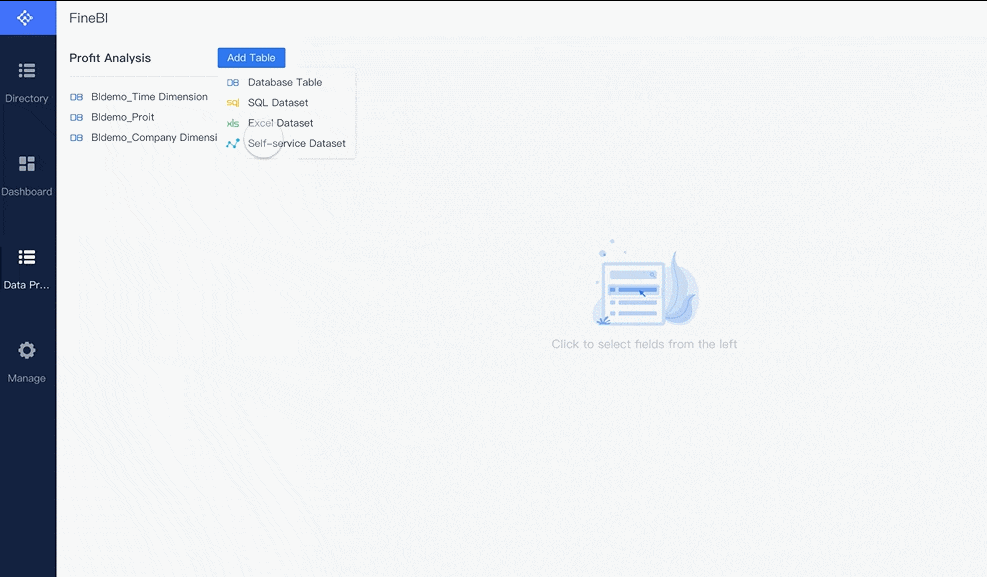
Tip: Focus on making shopping simple and rewarding. Use data and technology to support your team and delight your customers.
You shape the future of retail by using strong retail management. When you use data-driven tools like FineBI, you see real results. For example, a leading retailer improved its 60-day repurchase rate by 25% and reduced churn by 15%. Target used customer data to grow revenue from $44 billion to $67 billion. You can see these results in the table below:
| Metric | Improvement |
|---|---|
| 60-day repurchase rate | 25% increase |
| Churn rate | 15% reduction |
| Customer lifetime value (LTV) | 20% improvement |
Retail management helps you adapt to trends, improve customer experience, and deliver better customer service. Stay open to new technology and best practices. You will keep your retail business strong and ready for the future.
Click the banner below to try FineBI for free and empower your enterprise to transform data into productivity!
What is Retail Industry Data Analysis and Why It Matters
Top Tools for Retail Data Analysis in 2025

The Author
Lewis
Senior Data Analyst at FanRuan
Related Articles
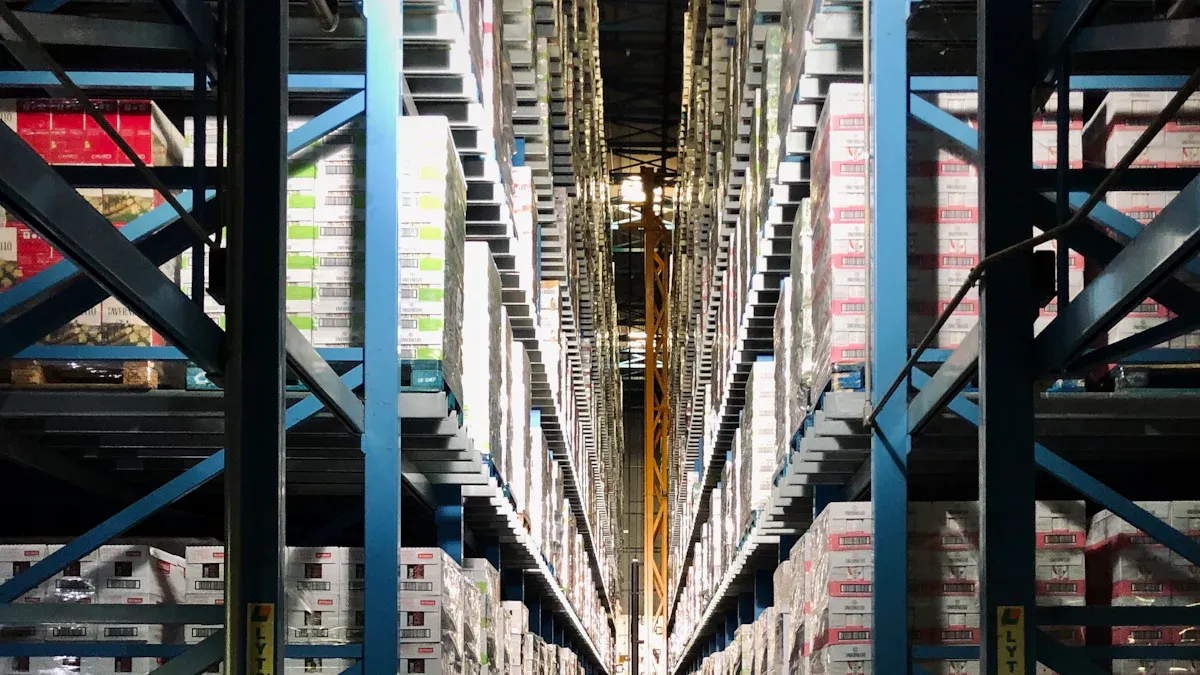
9 Best Supply Chain Tools for Smarter Management in 2026
Find the best supply chain tools for 2025 to boost efficiency, gain real-time insights, and achieve smarter management for your business.
Lewis
Dec 18, 2025
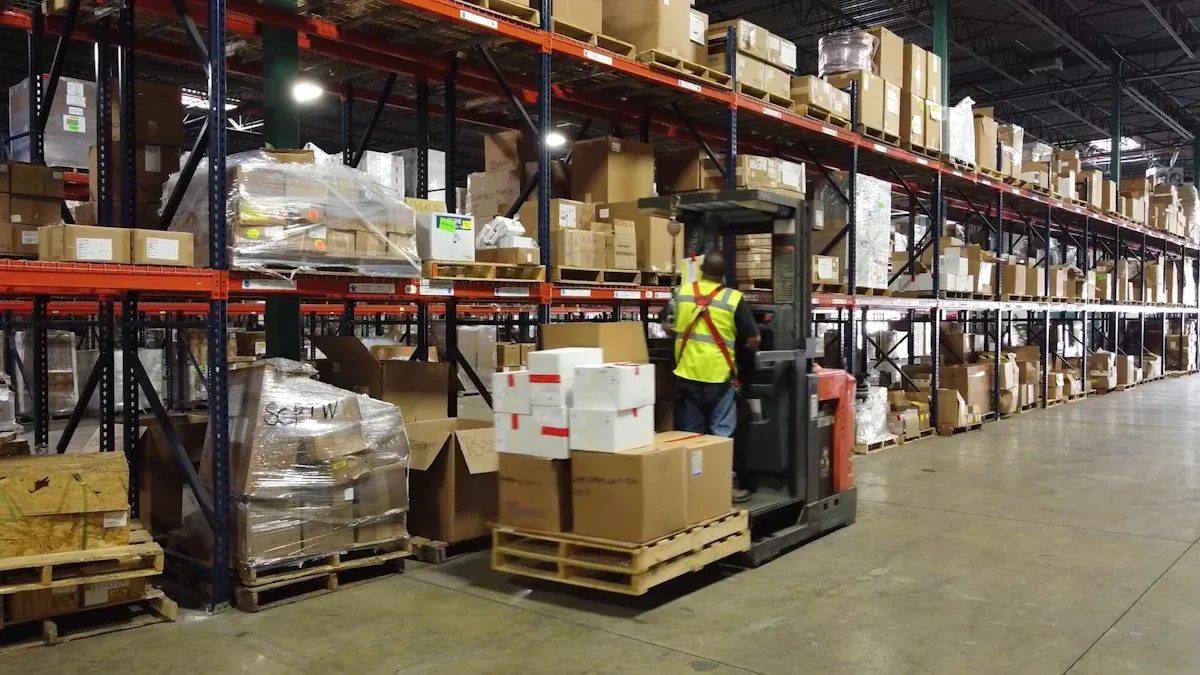
Top 10 Supply Chain Tracking Software for 2026
Compare the top supply chain tracking software for 2026 to boost visibility, automate workflows, and leverage AI analytics for smarter decisions.
Lewis
Dec 18, 2025

Top 10 Supply Chain Management Software for Small Businesses
See the top 10 supply chain management software comparison for small businesses in 2026. Compare features, pricing, and scalability to find your best fit.
Lewis
Dec 18, 2025